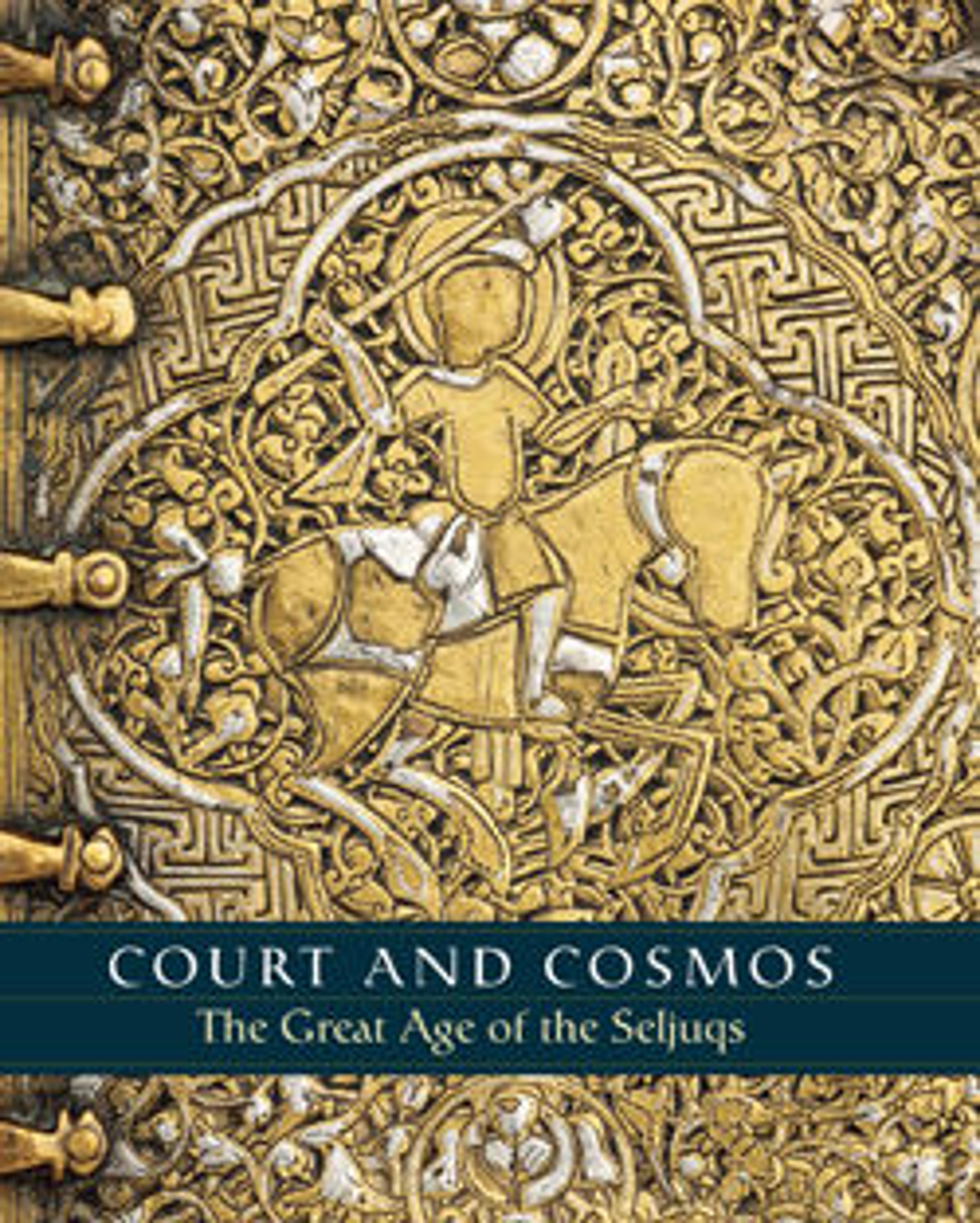Apothecary Jar with Running Hares and a Dog
This jar was used to store solid substances (dried herbs, roots, bark, seeds, and fruit, or salts, minerals, and metals) most likely employed in the preparation of drugs or home remedies. The iconography is not directly connected to the jar’s function, but the chasing animals and the Arabic benedictory words addressed to the owner convey an overall propitious symbolism. For their cleverness and speed the hare seems to have been regarded as especially auspicious.
Artwork Details
- Title: Apothecary Jar with Running Hares and a Dog
- Date: 12th century
- Geography: Country of Origin Iran
- Medium: Stonepaste; luster-painted on opaque white glaze
- Dimensions: H. 7 1/4 in. (18.4 cm)
Diam. 4 in. (10.2 cm) - Classification: Ceramics
- Credit Line: Purchase, Friends of Islamic Art Gifts, 2013
- Object Number: 2013.255
- Curatorial Department: Islamic Art
More Artwork
Research Resources
The Met provides unparalleled resources for research and welcomes an international community of students and scholars. The Met's Open Access API is where creators and researchers can connect to the The Met collection. Open Access data and public domain images are available for unrestricted commercial and noncommercial use without permission or fee.
To request images under copyright and other restrictions, please use this Image Request form.
Feedback
We continue to research and examine historical and cultural context for objects in The Met collection. If you have comments or questions about this object record, please contact us using the form below. The Museum looks forward to receiving your comments.
